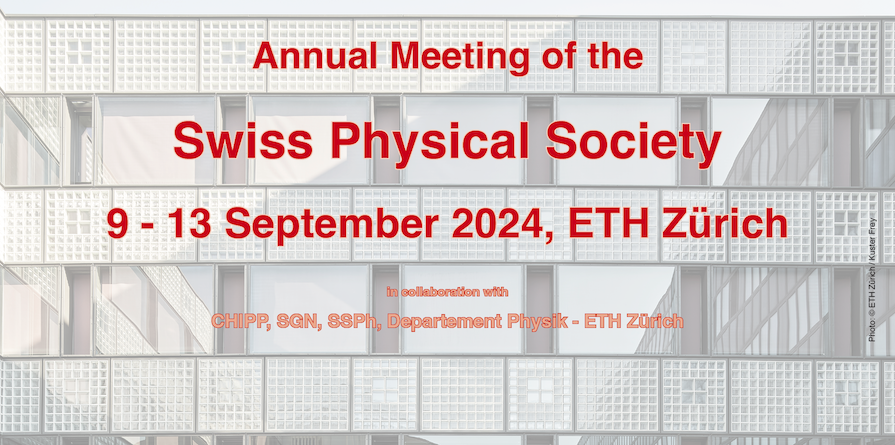Although extremely successful in their domains of description, general relativity and the Standard Model of particle physics rest on very different conceptual foundations, making it extremely difficult to describe phenomena involving gravity and high energies, such as black holes. The talk will provide a brief description of the most popular approaches to quantum gravity being investigated and...
Bartel Leendert van der Waerden’s (1903–1996) 1932 book Die gruppentheoretische Methode in der Quantenmechanik (translated as Group theory and quantum mechanics) benefited from his contacts with Werner Heisenberg (1901–1976) at the University of Leipzig and documents the early collaboration between quantum mechanics and the – then – “modern” algebra.
However, personal relationships had...
The surprising optical properties of tourmaline were studied soon after the discovery of the polarization of light. Thin slices worked as polarizers, enabling the construction of simple, handheld polariscopes. The tourmaline tongs described by Karl Michael Marx in 1828 were a great success, especially after Nörrenberg simplified their construction. The fortuitous discovery in 1852 of almost...
These days, machine learning (ML) is all the rage in physics and other disciplines. While there is agreement that ML can be strong at classification and prediction tasks, it has remained controversial what it can contribute to the understanding of real-world phenomena. Some authors claim that the opacity of ML is an obstacle to the use of ML for understanding, while others have given examples...
